St Stephen Walbrook: Rough & Smooth
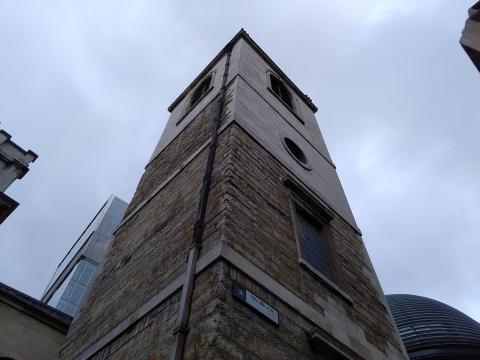
St Stephen Walbrook is the classic Wren church. After the Great Fire of London in 1666, Sir Christopher Wren was commissioned to rebuild many of the destroyed churches, not in the older medieval style, but the in the contemporary fashion for classical and baroque. Gone were the pointed windows and intricate tracery, in came the pilasters, architraves, cornices and pinnacles. Pious saints were replaced by gold-painted cherubs; such churches can certainly give the establishments of the city of Rome a good run for their money, many of which were also built at this time.
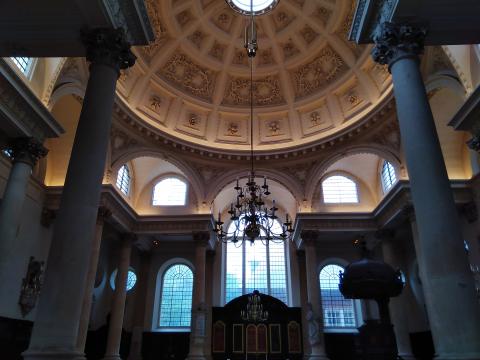
St Stephen Walbrook is perhaps the greatest example of classical elegance. Yet, right in the middle, spoiling somewhat the sense of symmetry and classical proportion, is an uneven, two-ton altar designed by twentieth-century artist, Henry Moore, which was installed in 1987. Its stark, clumsily carved faces provide a contrast with the overly graceful columns and pediments, a reminder, perhaps, that churches are not mere museums. Indeed, there is something, just something, of the roughness of Calvary depicted by its uneven sides, surrounded as it is by the otherwise gorgeous respectability of the interior.
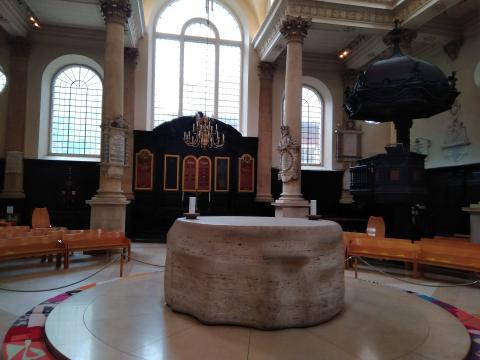
Interestingly this was the church at which Reverend Chad Varah ministered in 1953, and displays the phone which he first employed when setting up the Samaritans charity. Churches then were possibly more concerned with respectability and tradition than helping the despairing, destitute people in their midst. Still among the grand structures and fine temples of London roam many desperate and worried people, for whom the church should be a port of call, being as it is Christ’s ambassador on earth. That rough altar and the old fasioned telephone, possibly speak better of God's mercy and love than all Wren's classical exhuberance.
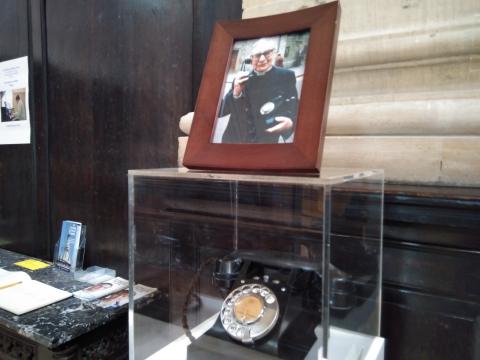
Some want to live within the sound
Of church or chapel bell;
I want to run a rescue shop,
Within a yard of hell.
― C.T. Studd
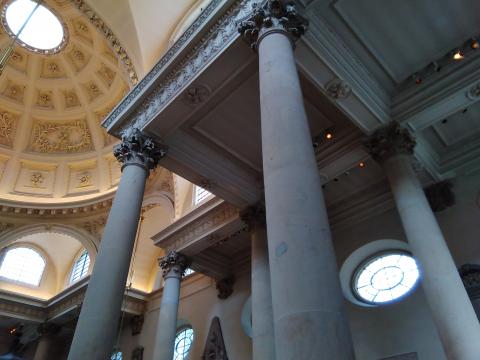
- Log in to post comments


 Sunday Worship 10.45am & 6.00pm
Sunday Worship 10.45am & 6.00pm